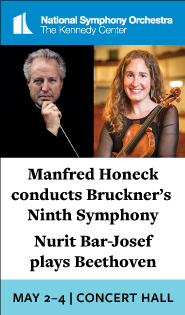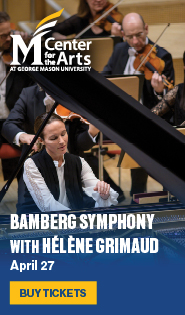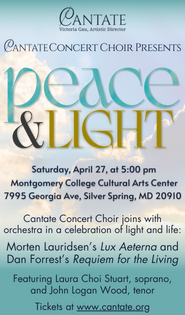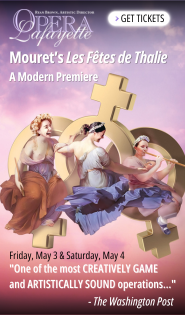Capriccio Baroque crowns season with Rondeau’s freely individual “Goldbergs”

Jean Rondeau performed Bach’s “Goldberg Variations” Wednesday night for Capriccio Baroque.
What distinguished Jean Rondeau’s extraordinary performance of the Goldberg Variations Wednesday night were the parts that were not Bach.
The French harpsichordist, presented by Capriccio Baroque in the sanctuary of First Congregational UCC downtown, augmented this familiar piece with endless invention and ornament. The interpretation was quite different from either of his recordings of the work, but with recognizable elements of both.
Rondeau set an unpredictable tone immediately by improvising an introductory intonatio. This wash of chords warmed up the instrument and settled the ear into the key of G major, which reigned almost uninterrupted for the following ninety minutes. The sense of spontaneity continued when Rondeau then began the opening Aria, each half of it enlivened with diverting embellishments on the repeat. Registration changes further differentiated each restatement.
Following his fancy from movement to movement, Rondeau repeatedly defied expectations. Some variations hewed closer to his first recording of the work, from 2017, with a more metrical rhythmic regularity providing propulsion. In others he veered toward the approach of his second recording, released earlier this year, where an almost willful sense of rubato stretched and pulled until some of the movements almost came apart.
Sometimes there was a mixture of the two styles. The first variation was brash and sharply metric at first, with impeccably clean hand crossings. Rondeau added rubato and extravagant ritardando on the repeats, as if using time distortions as a type of embellishment. His choice of tempo often surprised as well, with gentler pacing in some variations so that smooth runs could unspool like ribbons and jaunty trills could be perfectly placed.
Rondeau played the work on a modern harpsichord, made by Colin Booth in 2011. The builder based his work on drawings of a German instrument, adding a second manual, or keyboard, to the design. Having two keyboards is essential to realizing Bach’s score, as some of the variations require crossings of both hands’ lines that are extremely awkward on a single keyboard. Rondeau accomplished some unusual effects in these movements, sometimes switching manuals to bring out one hand or the other.
Rondeau did not take all the repeats, shaking things up in some variations by adding many embellishments right away, effectively almost recomposing these movements. This gave Variation XIII, often weighed down by its own solemnity, a compact power that heightened its expressive qualities. Variation XIV felt like a shock of cold water, returning to a strictly kept tempo, but also removing some of Bach’s written-out ornamentation to make a more simplified texture, a change also heard on his new recording of the work.
To mark the half-way point, Rondeau slowed down the end of Variation XV so much that time seemed to warp a bit. After a long silence, the jaunty French Ouverture of Variation XVI provided a rebound, as if the melancholy of the previous variation could be dispelled with manic activity. Vivid double-dotting and rippling scales were made more complex with often startling ornamentation.
The variations in canon, like Variation XVIII and every third variation after it, stayed mostly in strict rhythm, with exceptional clarity of the imitative parts aided by careful articulation. Rondeau took even more liberties in the second half of the piece, making so many changes to some variations that the music felt almost improvised, especially starting at Variation XXII. This approach gave the sense of a burgeoning imagination, stirred to ever greater multiplicity of musical ideas as the evening progressed.
Variation XXV felt deliberate, even anguished, as chromatic thorns threatened every turn, careful steps forward elaborated with ornamentation on the repeats. Virtuoso showpieces brought the piece to its climax, with brilliantly even thirty-second note trills in Variation XXVIII and daredevil speed in Variation XXIX, where Rondeau’s willingness to take chances with the velocity yielded visceral thrills.
The final variation, a Quodlibet with overlapping allusions to popular songs, provided some cooling refreshment, smooth and jolly but with ornate melodic decoration. The return of the opening Aria proved a moment of pensive reflection, as Rondeau did one final unexpected thing by stripping away Bach’s written-in ornamentation of the source melody, removing complexity for a change rather than adding it.
A long silence followed, requested by the concert presenter, but which Rondeau seemed to dispel even before the audience could. The venue’s noisy air handler, left on intentionally out of ongoing concerns about airborne viruses, continued to churn, an obtrusive presence oblivious to this “ode to silence,” as Rondeau has described the monumental piece that had just unfolded on stage.
Harpsichordist Justin Taylor will perform another all-Bach program 7:30 p.m. March 18, 2023. capricciobaroque.org



